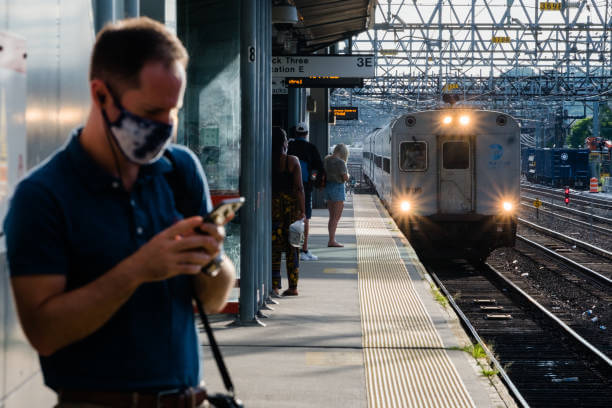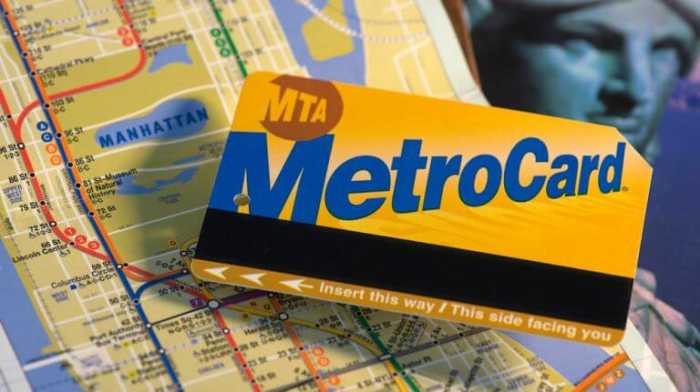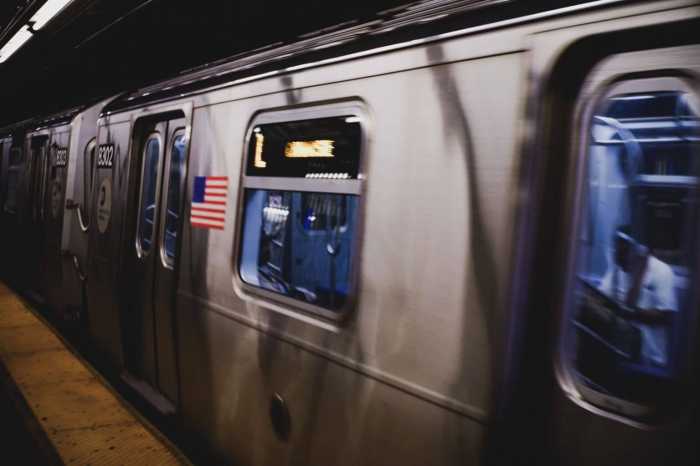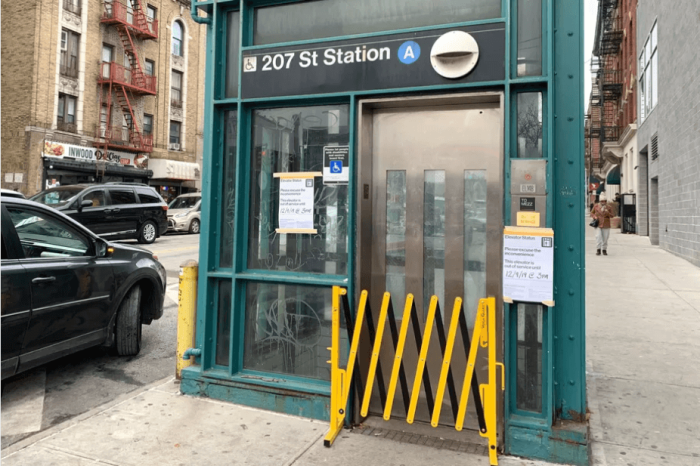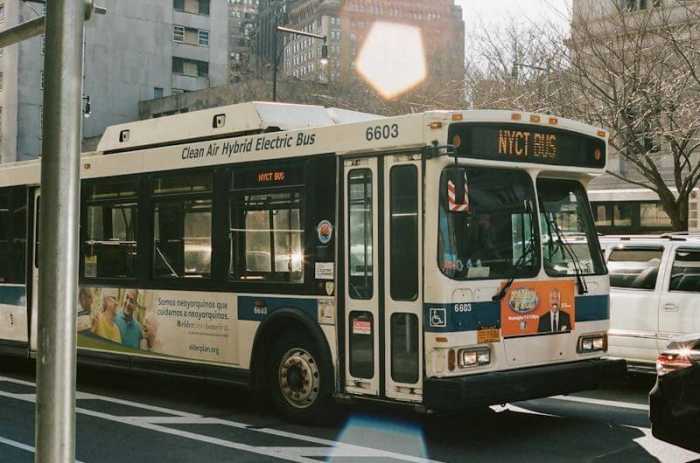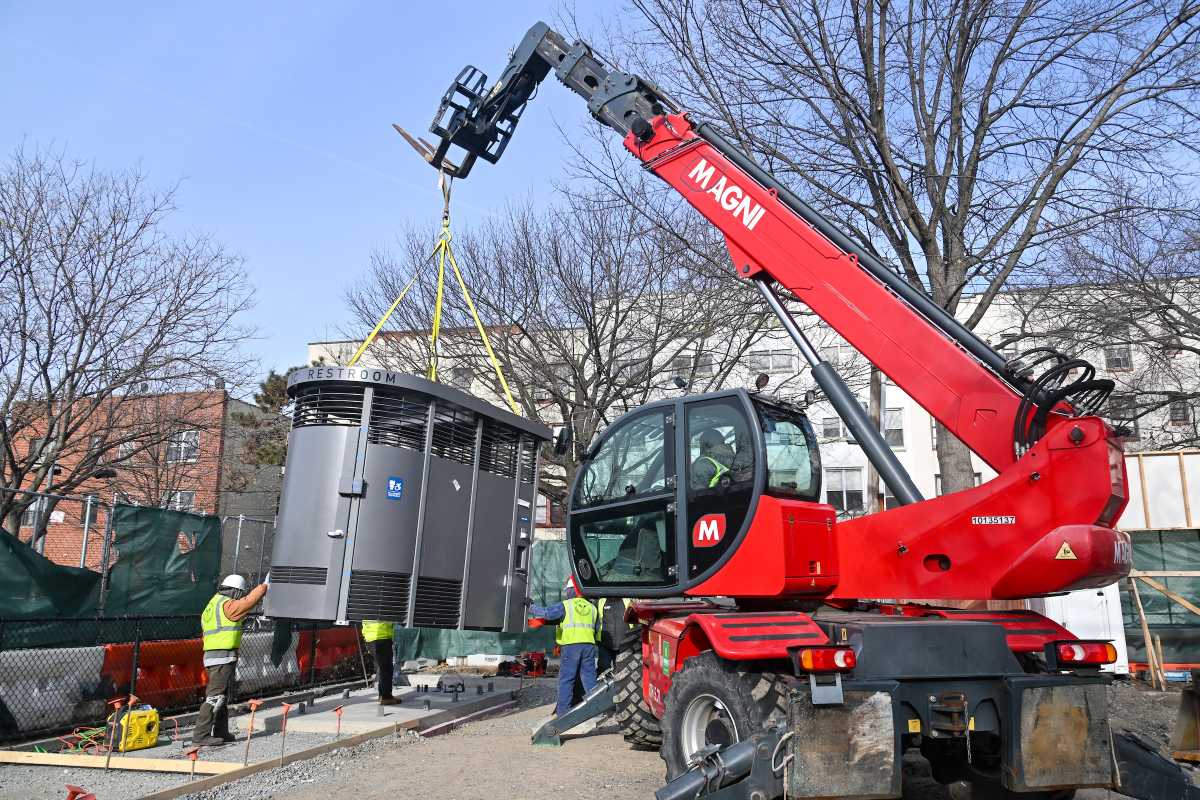Depending upon where you live, consider the public transportation alternative. Try riding a local or express bus, commuter van, ferry, light rail, commuter rail or subway.
Most have forgotten that up until the ’60s, bus drivers made change and drove the bus at the same time. Nobody would dare bring soda or food on the bus or leave any litter behind.
Elected officials and government employees can turn in their taxpayer-funded vehicles and join the rest of us by using public transportation to get around town. In many cases, employers can offer transit checks which help subsidizes a portion of the costs. Utilize this and reap the benefits. It supports a cleaner environment.
Many employers now allow employees to telecommute and work from home. Others use alternative work schedules which afford staff the ability to avoid rush hour gridlock. This saves travel time and can improve mileage per gallon. Join a car or van pool to share the costs of commuting.
The ability to travel from home to workplace, school, shopping, entertainment, medical, library, etc., is a factor when moving to a new neighborhood. Economically successful communities are not 100% dependent on automobiles as the sole means of mobility. Seniors, students, low and middle income people need these transportation alternatives. Investment in public transportation today contributes to economic growth, employment and a stronger economy. Dollar for dollar, it is one of the best investments we can make.

